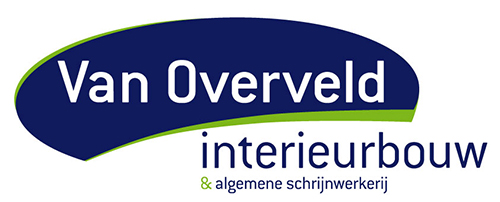12 4 Loan and receivable disclosure requirements
Interest is a type of fee or compensation for borrowing money from lenders. If the company opts for a bank loan, it will not have to lose its control, and the gap for investment will also be filled. In a nutshell, there are many benefits of debt financing over equity financing. The choice of equity […]
How to record the disposal of assets
The essence is to match the cost of the asset (depreciation expense) to the revenues in the accounting periods in which the asset is being used. Depreciation expenses are the allocated portion of the cost of a company’s fixed assets for a certain period which is recognized on the income statement. It is recorded as […]
Average Payment Period Formula Calculator Updated 2023
Otherwise, it may find itself falling short when it comes to paying its own debts. A lower average collection period is generally more favorable than a higher one. A low average collection period indicates that the organization collects payments faster. Customers who don’t find their creditors’ terms very friendly may choose to seek suppliers or […]
Prime Cost Definition, Components, Formula, & Example
Your labor costs have changed slightly since you last looked at these figures and so you see that your labor costs have dropped to $2500, including tax and leave entitlements. By the way, we have a detailed guide to understanding and tracking your labor costs here, if you want to dig deeper. These kinds of […]
What Is The Cost Principle In Accounting
When you add the prime cost and overhead/indirect costs, you get works cost or factory cost. In other words, works cost is the sum of all the elements of cost accounting. By recording assets at their original cost, the principle provides a clear audit trail and facilitates the traceability of transactions. Most of the public-owned […]
